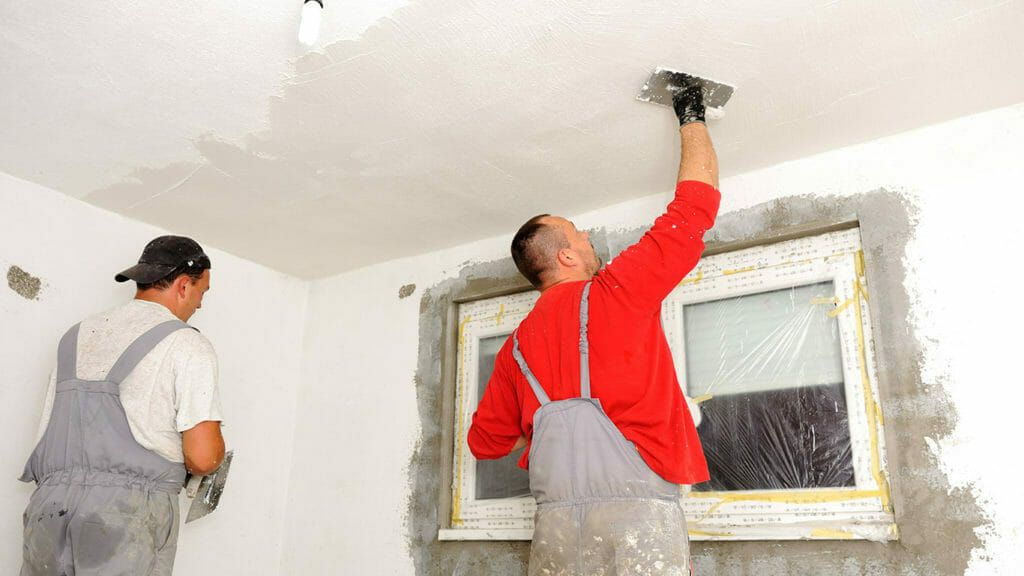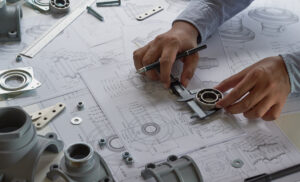Waste is a terrible thing. And it’s a serious issue when too many people in the building and construction industry don’t realize that when they gut a building, they just shouldn’t dump all the interior contents in a landfill to compound toxicity—donate them to a charity like Habitat for Humanity for the use of others and get a sizeable tax break!
As a professional tax specialist, I’ve been involved in the building and construction industry for over 20 years, and let me inform you—it’s heartbreaking to see that so many builders are buying properties, tearing out the guts of the building, and sending the components to a landfill. This is an incredible waste. What they fail to realize is, they can donae these components to a deserving charity or organization. For example, Habitat for Humanity will be happy to come out to remove the sinks, floors, bathrooms, and other interior fittings and reuse them for homes they build. This is a much better alternative to sending all this material to a landfill, which simply hurts our country by damaging its environment. There are many other charities also willing to accept donations of these components (which I’ll go into later), which you can report to the IRS.

What Can You Donate When Renovating?
Habitat for Humanity lists eight items that it considers ideal for donation, but they should all be undamaged:
- Sinks, toilets, and bathtubs
- Cabinets
- Working appliances such as stoves, refrigerators, dishwashers, and washing machines: welcomed by Habitat for Humanity, home salvage shops, the Salvation Army, and Goodwill .
- Doors and windows
- Lumber
- Tiles and wood flooring
- Lighting fixtures: in high demand
- Door handles and cabinet knobs1
The Growing Deconstruction Movement: Take It Apart
A fascinating 2016 Washington Post article highlighted a new development in the disposition of gutted building interiors—the expanding deconstruction movement in the United States. With deconstruction, a house is taken apart, piece by piece, down to the foundation. It’s been estimated that 85 to 90 percent of a house can be recycled or repurposed.2 If you’re the property owner, you can claim everything you remove from the house and donate to a qualified 501(c)3 charity as a donation at fair market value.
According to Patrick Smith, president and chief executive of NoVaStar Appraisals in Fredericksburg, Va., if you’re an average taxpayer who pays out approximately 30 percent for both state and federal taxes, you could realize an actual cash value of $39,450 on a $131,500 tax deduction.3
Here comes the paradox: on the surface, it cost more to deconstruct a building’s interior than to simply gut it—but you more than recoup your losses with your tax deduction. According to Marishane Stahl, co-owner of the custom home building company Stahl Homes in Vienna, VA, while it might take a week to demolish an average house and cost $8,000 to $11,000, it would take two weeks to deconstruct the same home at a cost up to $24,000. On top of that, appraisal services can cost from $1,500 to $3,500.4 (The appraisal should be undertaken by a qualified deconstruction appraiser, who is different from a standard real estate appraiser.)
But here’s the payoff. The Washington Post article cites the case study of a D.C.-area homeowner who decided to deconstruct an older home. But while her pre-reconstruction bill amounted to about $23,000, the fair value of her donated building materials was estimated to amount to between $120,000 to $140,000.5
Who among us would not be willing to make a $23,000 investment to achieve a $120,000-$140,000 tax break?
Where Should I Donate?
You can donate building materials, architectural salvage, and tools to such organizations as the Habitat for Humanity ReStore, Community Forklift, and the Loading Dock; you have the option of either dropping off your donations or having them picked up.
Also consider local salvage shops and salvage yards. You can check in your community for local deconstruction organizations (like the Recycled Building Network, or ReBuild, in Springfield, VA,), and they can direct you to a grateful recipient.
You can also place these unwanted items from gutted buildings on the street, so people who need them can easily collect them.
Why Should I Donate?
First off, there’s an obvious reason why you should donate the inside of a gutted building—enlightened self-interest. You can achieve major tax savings and greatly free up your cash flow.
But there’s another reason: doing good by doing well. Donating and deconstruction not only make superior business sense, but they also help our communities, they help our economy, and they help to preserve our environment.
For every job created by traditional demolition, deconstruction creates six to eight jobs.6 Diverting building waste from landfills also has a major, positive environment impact. Construction and demolition waste constitute approximately 20% – 40% of America’s solid waste stream; 90% of that amount is generated by demolition. In 2015, the U.S. alone generated 548 million tons of construction and demolition waste.7
And if you’ve ever watched a demolished building blow up, you know that an explosion of dust, solid particles, and other potentially hazardous materials are instantly released into the air. (Think downtown Manhattan during 9/11.) Deconstructing a building is much more beneficial for the environment because it eliminates the release of dangerous air pollution.
In the words of a great American, Benjamin Franklin: “Waste not, want not.” It’s almost a sin to throw out so much valuable material when a) it can prove such an economic benefit to others, b) it’s much better for our environment, and c) it can put substantial dollars in your pocket. Who can argue with those reasons?




